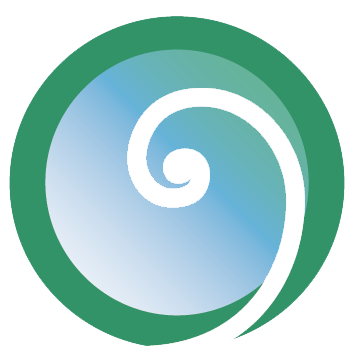Life is fluid, dynamic, and always shifting. Ultimately, this is good news, but we have been conditioned to expect reality to be solid, fixed, and predictable. The essential groundlessness of our existence frightens us, or at best, takes us by surprise, and when that happens, we react by resisting. Habitual, unconscious resistance shows up in the body-mind as contraction. It is such a basic and common response to living as a human that we don’t even notice it. Yet the moment we do, we are liberated and can transform contraction into expansion.
Includes a Bodymind Experiment.
























